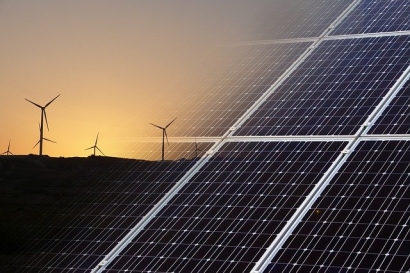
This development makes the NYISO the first ISO/RTO to allow full participation of these resources and helps position the state to meet the aggressive mandates in the Climate Leadership and Community Protection Act (CLCPA).
”This is an exciting development for the state and consumers as we move toward meeting the mandates in the CLCPA,” said Rich Dewey, President and CEO of the NYISO. “By allowing ESRs to fully participate in our markets, we open up new revenue streams that will attract greater private investment in these resources and spur innovation. The private investment will ensure the risks of investment remain on developers and not consumers. Combined with our broader Grid In Transition efforts intended to reliably integrate renewables into the grid, we are in a good position to help the state and the Climate Action Council as they continue their work on implementing the CLCPA.”
“Energy storage is critical for New York State to achieve its mandated climate protection goals, enable high renewables and ensure a functioning grid of the future,” said Dr. William Acker, Executive Director of NY-BEST. “NYISO’s actions are an important first step to allow energy storage resources to participate in the wholesale markets. NY-BEST looks forward to continuing to work with the NYISO on its current and future energy storage related initiatives to realize the myriad benefits energy storage can provide the State’s electric grid.”
ESRs, which include batteries, flywheels, pumped storage, and compressed air storage have unique capabilities that can help grid operators meet demand, manage the variability of intermittent resources, and potentially defer transmission upgrades. Their unique ability to withdraw from and inject energy into the grid can provide resource flexibility and grid resilience. ESRs can also help improve the cost effectiveness of the system by charging during periods of low demand and low prices, and supplying energy to the grid during periods of high demand when prices typically rise.
Today’s developments also help the NYISO’s work with stakeholders in creating a “hybrid storage model,” which will allow ESRs to co-locate with generating resources like wind and solar. Developing a method for hybrid resource participation in the wholesale markets will potentially improve the performance of intermittent renewable resources, supporting policy efforts to integrate more clean energy into the grid.
.

